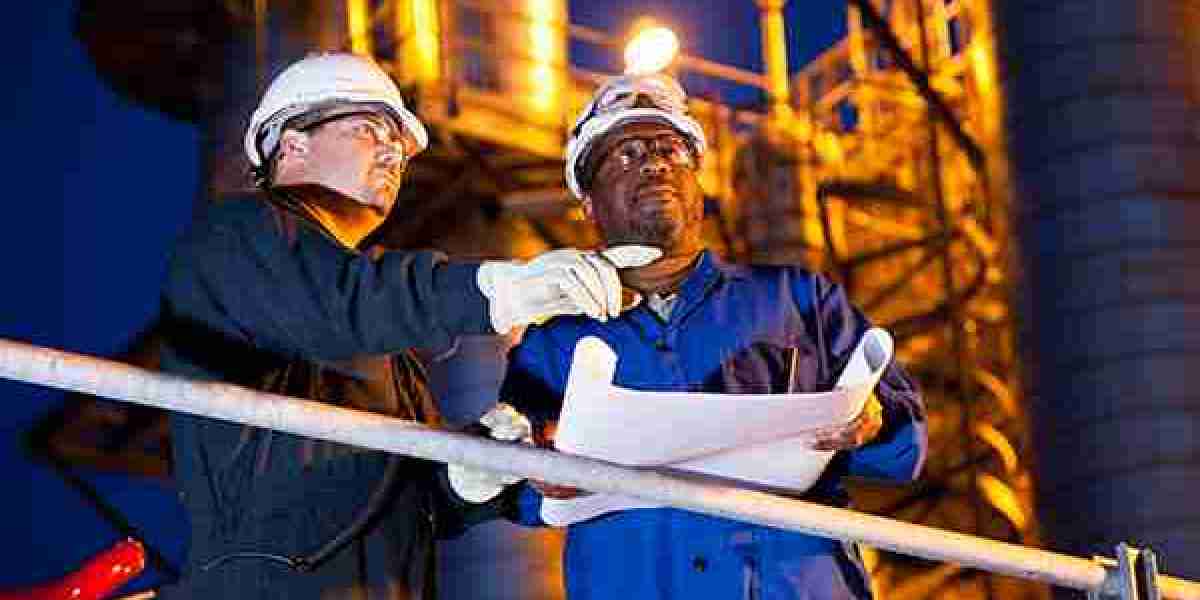Fire and Life Safety Director (FLSD) training is a specialized program designed to prepare individuals for managing safety protocols in buildings, particularly in high-rise or large commercial spaces. The role of an FLSD is crucial in ensuring the safety of occupants during emergencies, such as fires, medical crises, or evacuations.
The training covers various essential components, including the operation of fire alarm systems, fire suppression systems, evacuation procedures, emergency communication, and the coordination of rescue operations. Candidates learn how to assess risks, implement safety measures, and work alongside emergency responders to ensure the safety and well-being of building tenants.
One of the primary objectives of FLSD training is to equip individuals with the knowledge of fire safety regulations and the authority to enforce them. This includes a deep understanding of local fire codes and emergency procedures, as well as how to conduct fire drills, inspections, and prepare emergency evacuation plans. As part of the program, students also receive practical training, such as simulations of fire scenarios and hands-on exercises with safety equipment.
Upon completing FLSD training, individuals receive certification, which is often required by local authorities and building regulations to serve in this important capacity. The certification validates that the individual has the required skills and expertise to effectively manage fire and life safety risks in a professional setting. This credential is especially important for those working in large buildings or complexes, including office buildings, hotels, hospitals, and other high-traffic venues.
In addition to technical knowledge, FLSD training emphasizes leadership and communication skills. Since the Fire and Life Safety Director is often responsible for managing a team during an emergency, being able to lead effectively and communicate clearly is critical. Training also includes crisis management, decision-making under pressure, and providing guidance to building occupants during evacuations.
As the safety of building occupants becomes more of a priority across industries, FLSD training plays a pivotal role in reducing risks and saving lives. Whether you're looking to begin a career in building safety or advance your current position, FLSD certification opens the door to numerous opportunities in the fire safety and emergency management fields.
The growing demand for qualified Fire and Life Safety Directors means that FLSD training is increasingly valuable, not only in ensuring compliance with safety laws but also in creating safer environments for workers, residents, and visitors. As cities and regulations evolve, those with FLSD training remain at the forefront of life safety management, prepared to handle emergencies with confidence and expertise.






